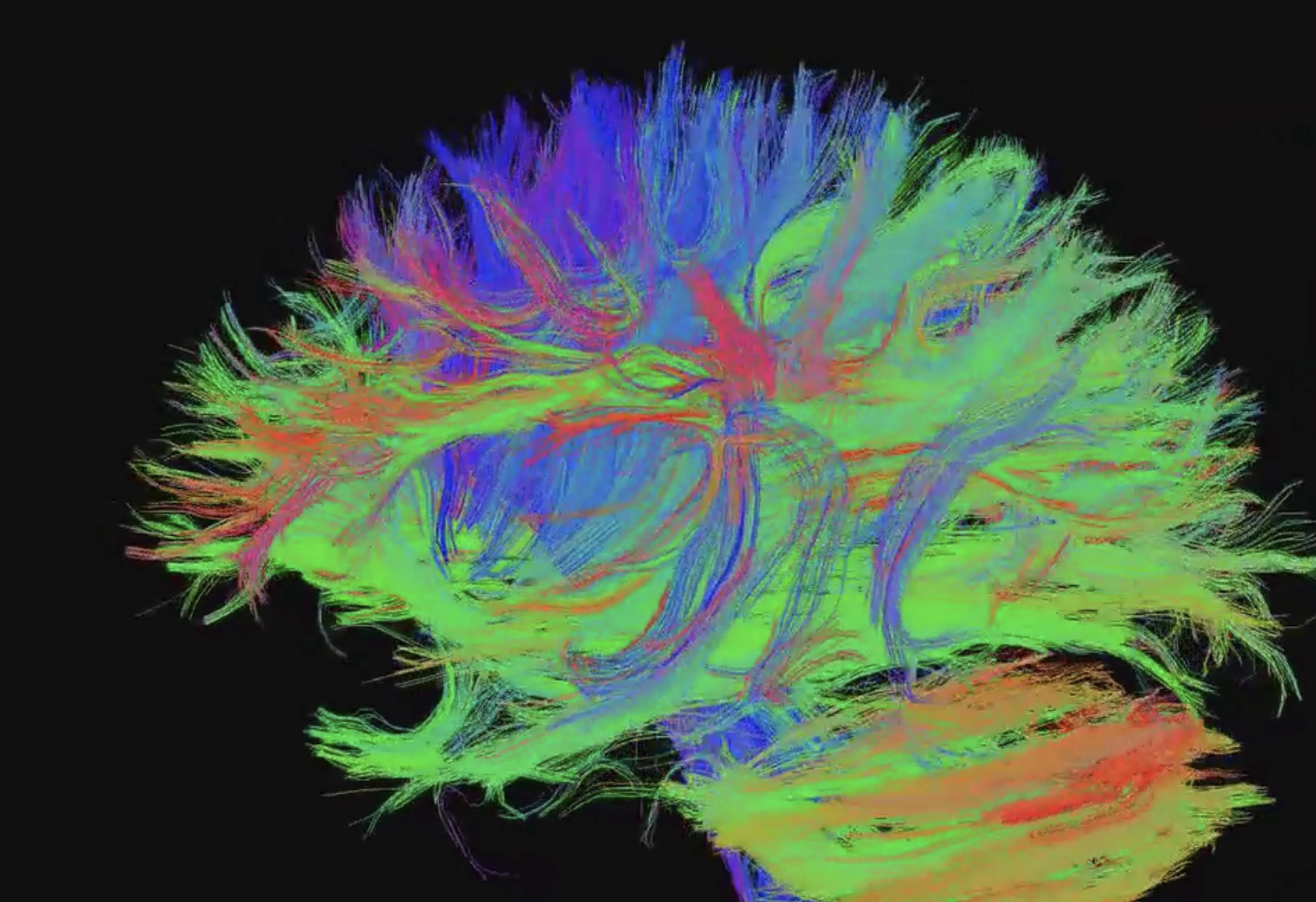Comments
- No comments found

There is a recent paper, The Connectome of an Insect Brain, submitting a 12-year effort to map the brain of the larval fruit fly, Drosophila melanogaster, showing "3,016 neurons and 548,000 synapses." The high-resolution imaging project was useful to "identifying neuron types, network hubs and circuit motifs."
There is a lot to learn from any connectome, but what seems to be the most necessary is to figure out the mind. Figuring out the mind is not just to find how learning works, or what could benefit artificial intelligence, but to understand and cure serious mental illnesses.
When delusion, hallucination or paranoia takes hold of a patient under care, what is the motion like, in the mind, to excerpt that outcome? The upper case is the MIND not the brain.
What are the components of mind? What is the structure of mind? What are the functions? What goes on in the mind, in every thought, memory, emotion and feeling? How does the connectome help to answer these questions, exceeding the biology of the brain, or just neurons?
The experience of cold is not a neuron. The emotion of anger is not totalized by some neurotransmitter. Pleasure and reward are the mind, brain molecules work them out, but they are not the experience.
Connectome projects of different stages, though ambitious may under achieve if there is no pivot to the components and relays of mind. The Human Genome Project, for example, as excellent as it was did not conclusively deliver for mental illnesses.
Also, whatever genes bear for brain cells, including for behavior, personality type, memory and so forth, are expressed through the mind, conceptually. There are people who inherited calm from a parent. In many situations, the behavior is outputted by the mind, blending with thoughts, memory and emotions to react calmly. There isn't necessarily a conversion, from gene to brain to mind, per moment, to have that. It is already available as a property of mind, allowing it to become a part of the person, ready for use like other elements of mind.
Mental illnesses are mostly the mind, exceeding polygenes. Genes may share responsibility, but the mind expresses mental illnesses. The mind is the superpower infrastructure in the same block as the brain, but they are different. Studies in brain science to understand the brain as a biological organ are great, but yield little for the mind, especially on how to treat mental illnesses, where the problem is not just the underlying neurophysiology or simply the neural codes, but depression as a property of mind.
All the labels of the brain around thoughts, memory, emotions, feelings and so forth never describe the relays of mind that can say this is how it plays. There are assumptions from neuroimaging, but they are not often accurate, for mental illnesses.
There is still no test for mental illnesses, like schizophrenia, bipolar disorder, major depressive disorder, anxiety disorders and so on. The workings of the human mind, as a given, then aberrations in those conditions could be useful in determining more accurately, risks, extents, and others, by the individual, loved ones and caregivers.
Conceptually, the human mind is structured as stacks of dots [or quantities] relaying to acquire planes [or properties], to determine every experience. Cells and molecules of the brain, build, construct or shape quantities and properties of the mind. The mind and the brain interact from sensory processing or integration. Quantities and properties have their characteristics. All psychotherapy directly targets the mind. All psychotropic drugs target brain molecules, with sweeps in outcomes including side-effects for the mind.
Mental illnesses may find difficulty in progress without a major framework of mind. Contemporaneous mental health crises are linked to several disconnected reasons ignoring the role of the mind as central.
The connectome is necessary, the question is just how much, for the mind?
Leave your comments
Post comment as a guest